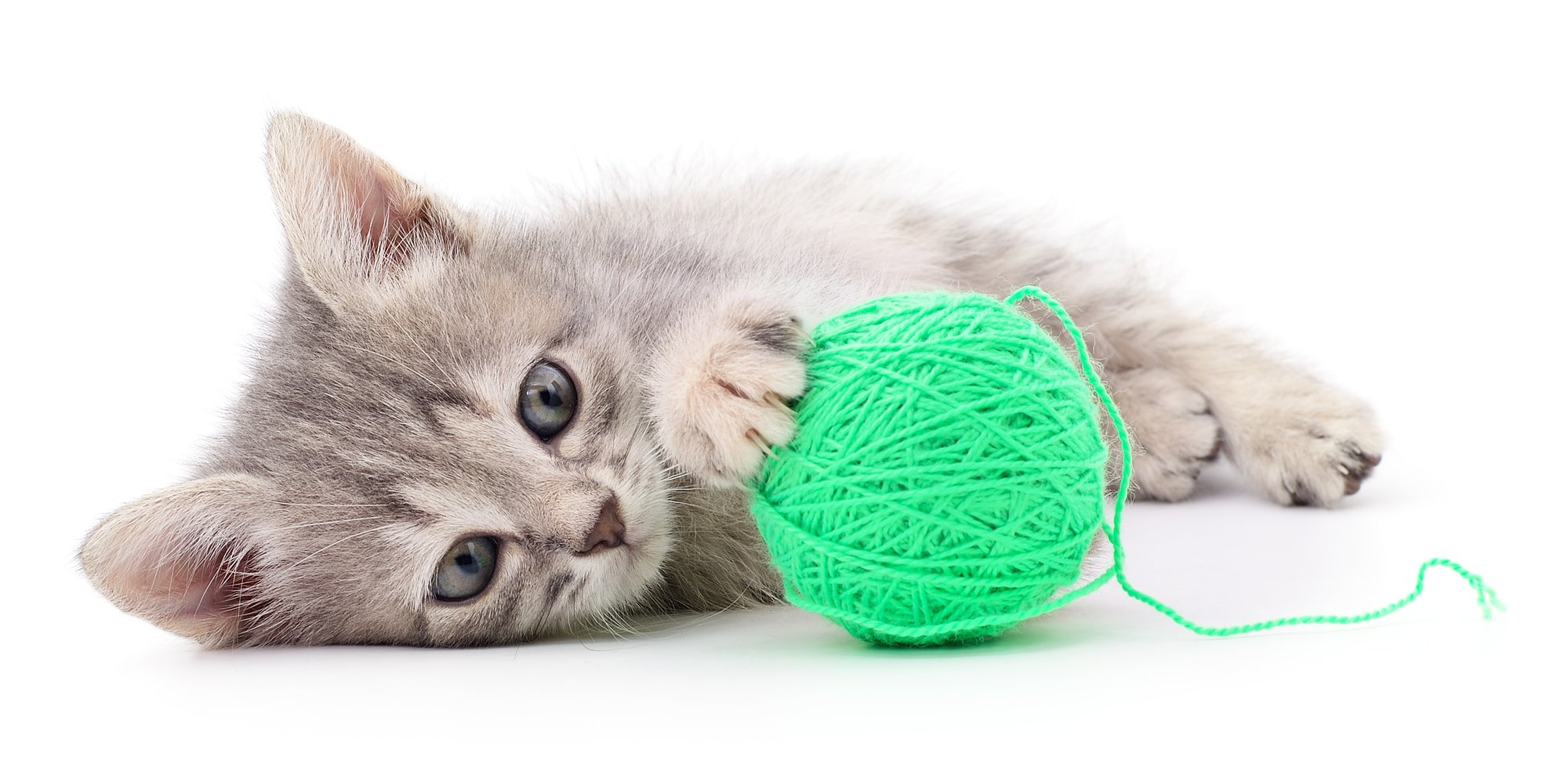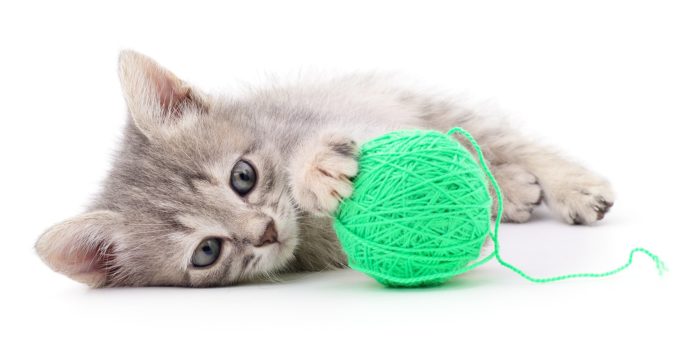
Choking is an emergency. “Cats can choke on kibble or toys, but most commonly, they come to the emergency room choking on a foreign object due to chewing on thread or swallowing needles,” says Dan Fletcher, DVM, Ph.D., Assistant Professor of Emergency and Critical Care at the Cornell University College of Veterinary Medicine.
You’ll probably see your cat standing wide-legged, coughing and gasping for air. Dr. Fletcher advises that if the cat is conscious and choking but breathing without difficulty, wait a few minutes to see if he can dislodge the object himself. If he can’t or is having difficulty breathing, open his mouth by grasping the top of his muzzle with one hand and the lower jaw with the other.
If you can’t see the object, get to the veterinarian immediately. If you can see it, remove it, unless it’s string, yarn, or tinsel. “If a linear object has been swallowed, it may have trailed down the intestinal tract,” Dr. Fletcher says. “Pulling these objects can cause the intestines to tear or rupture, leading to life-threatening infection in the abdomen. These animals should be taken to the nearest veterinarian immediately.”
If your cat begins to gasp, wheezing, he is not able to get full breaths of air. He may collapse and stop breathing. If your cat is unconscious, open the mouth, pull the tongue out past the canine teeth, and look down the throat. Try to remove the object with your fingers or tweezers. “But if the object is stuck and there is resistance to removal, it should not be forced out,” Dr. Fletcher says.
“Any pet who collapses should be taken to the closest veterinary clinic, even if his condition improves,” Dr. Fletcher says. “Apparent choking is often due to other processes such as lung or heart disease, infections, or inflammation of the airways that can impede breathing and can rapidly progress to become life-threatening.”




